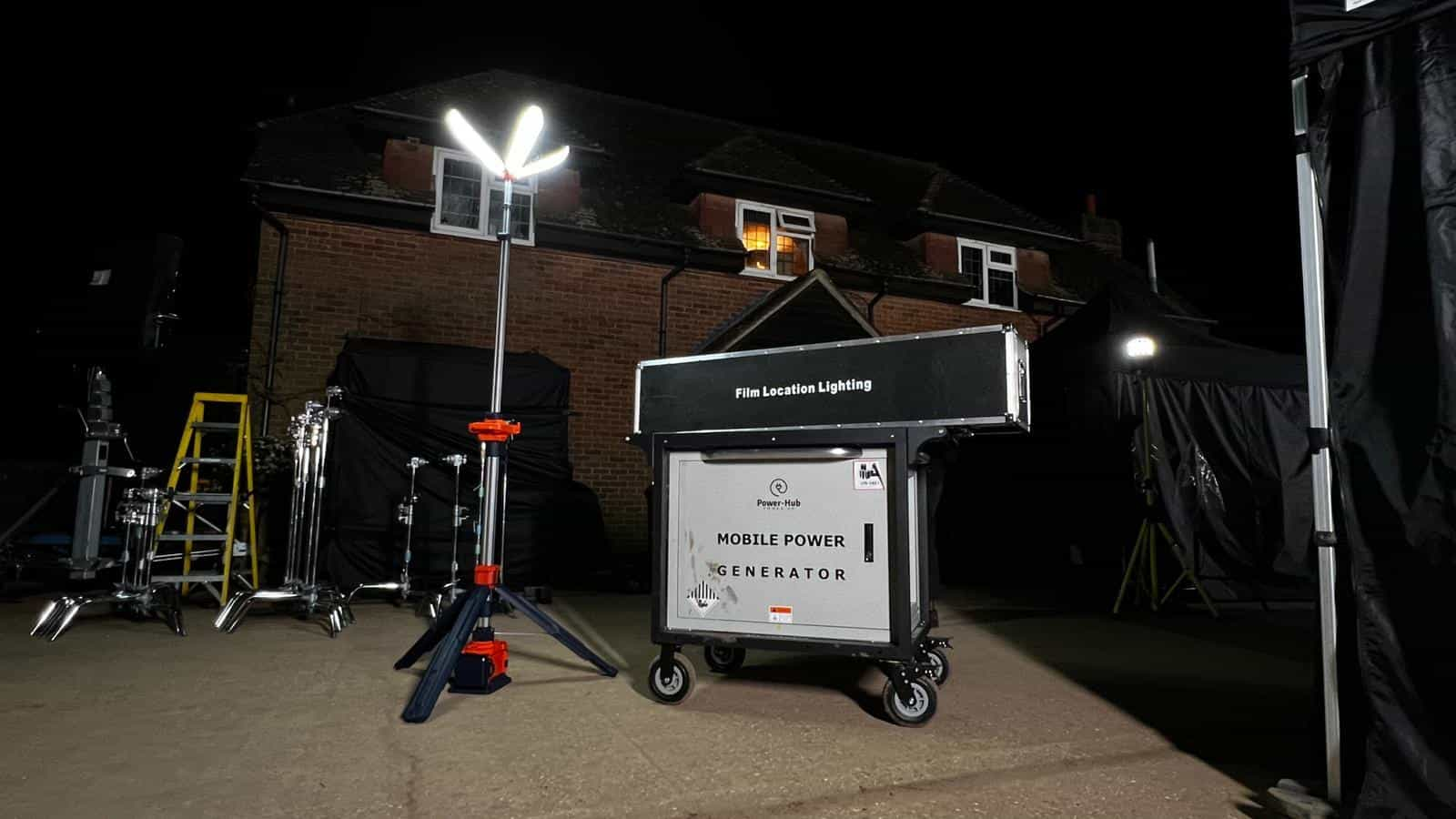
Solar power has emerged as a viable and environmentally friendly alternative to traditional energy sources. As the demand for clean energy continues to rise, it's essential to ensure that solar power systems are designed and operated efficiently. One crucial aspect of optimising solar systems is implementing effective charging and discharging practices. In this article, we delve into successful case studies that demonstrate how strategic approaches can lead to long-lasting solar power systems.
The first case study revolves around a pioneering university campus that sought to power its facilities with solar energy. The project included the installation of a large-scale solar array with an accompanying battery storage system. To ensure the system's longevity, the campus implemented a smart charging and discharging strategy.
The campus utilised excess solar power generated during the day to charge the battery storage system fully. By doing so, they could rely on stored energy during low-sunlight periods, such as at night or during cloudy days. This approach reduced grid dependency and optimised the system's overall efficiency.
Moreover, the university campus implemented a load management system to control the discharge of energy from the battery. By prioritising essential loads during high-demand periods, they reduced the strain on the system and avoided unnecessary discharge cycles. This practice significantly extended the lifespan of their solar power system.
Our second case study focuses on a residential solar installation. The homeowners aimed to minimize their reliance on the grid and achieve sustainable living through solar power. To ensure their solar system's durability, they adopted a comprehensive approach to charging and discharging.
The homeowners employed advanced monitoring and control systems that constantly analysed energy production and consumption patterns. This allowed them to optimize the charging process by utilising excess energy for water heating or charging electric vehicles. By smartly managing the charging cycles, they ensured the battery was consistently charged without overloading it.
In terms of discharging practices, the homeowners prioritised self-consumption by synchronising the discharge of stored energy with high-demand periods. By avoiding peak energy tariffs, they maximised the cost savings and prolonged the battery's lifespan. Additionally, they engaged in net-metering, allowing excess energy to be fed back into the grid, further enhancing the system's overall efficiency.
Our final case study examines an industrial-scale solar installation powering a manufacturing facility. The company aimed to achieve energy independence and reduce operational costs by adopting solar energy. To ensure the longevity of their solar power system, they implemented robust charging and discharging practices.
The facility employed a combination of solar panels and a large-scale battery storage system. They strategically designed the solar array to maximize energy production during peak daylight hours, ensuring optimal charging conditions. The excess energy was then efficiently stored in the battery, minimising wastage.
For discharging, the company implemented an advanced energy management system that allowed for precise load balancing. By distributing the energy across various operational processes based on demand, they avoided excessive strain on the battery. This practice significantly increased the system's efficiency and extended the battery's lifespan, resulting in substantial cost savings for the facility.
These case studies provide valuable insights into successful charging and discharging practices for long-lasting solar power systems. Whether it's a university campus, residential installation, or industrial facility, strategic approaches can optimize efficiency and increase the lifespan of solar systems.
Key takeaways include utilising excess energy for charging, implementing load management systems to prioritise essential loads, monitoring and analysing energy production and consumption patterns, synchronising discharge with high-demand periods, and employing advanced energy management systems for precise load balancing. By implementing these practices, solar power system owners can maximize efficiency, reduce grid dependency, and extend the lifespan of their systems.
It's important to note that while these case studies highlight successful practices, each solar power system is unique, and what works for one may not work for another. Factors such as location, system size, energy demand, and battery capacity must be taken into account when designing and operating a solar system.
In addition to the practices mentioned in the case studies, here are a few general guidelines to consider for long-lasting solar power systems:
By implementing these guidelines and incorporating successful charging and discharging practices from the case studies, you can maximize the benefits of your solar power system and enjoy sustainable, long-lasting energy generation.
In conclusion, successful charging and discharging practices are key to the long-lasting performance of solar power systems. The case studies presented demonstrate the importance of strategic approaches such as utilising excess energy, load management, precise discharge timing, and advanced energy management systems. By implementing these practices, along with proper system sizing, regular maintenance, climate considerations, and continuous monitoring, solar power system owners can optimize efficiency, reduce dependency on the grid, and extend the lifespan of their systems. Embracing solar power not only contributes to a greener future but also offers financial savings and energy independence.

